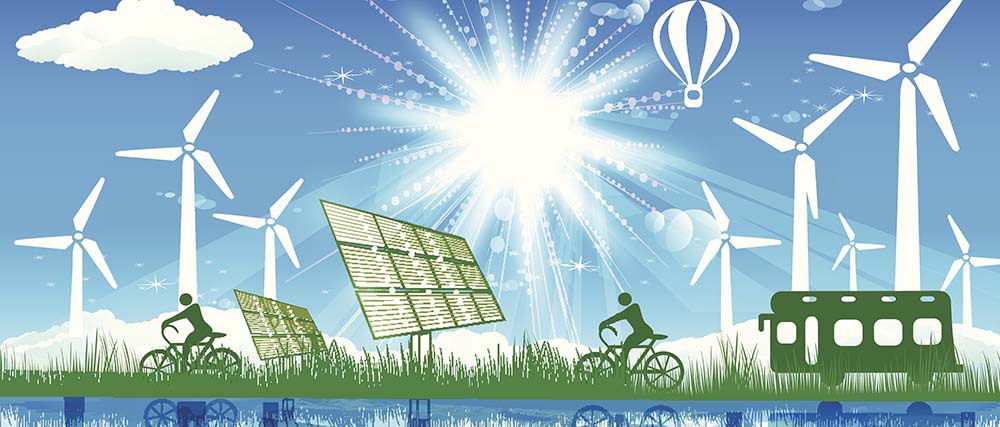In a recent report titled “Conflicts of Interest: The Cost of Investing in the Energy Transition in a High Interest-Rate Era,” Wood Mackenzie, a leading global provider of data and analytics solutions for the renewables, energy, and natural resources sectors, highlights the significant impact of rising interest rates on the transition to a net-zero global economy.
Peter Martin, Head of Economics at Wood Mackenzie and lead author of the report, emphasised that the increased cost of capital due to rising interest rates poses profound implications for energy and natural resource industries.
“Interest rates, which have risen sharply in the past two years, may not come down as far or as quickly as markets anticipate. This increased cost of capital has profound implications for the energy and natural resource industries, particularly the cost and pace of the transition to low-carbon technologies,” said Martin.
Further, the report notes that higher interest rates have a disproportionate impact on renewables and nuclear power. Their high capital intensity and relatively low returns imply that forthcoming projects may face heightened risks, Wood Mackenzie said.
In comparison, it was underscored that due to low gearing, many companies in the metals and mining and oil and gas sectors will be relatively unaffected by higher interest rates, stated the report.
Notably, it was stated that higher interest rates also affect the competitiveness of renewables. Wood Mackenzie’s analysis reveals that a 2-percentage point increase in the risk-free interest rate in the United States can result in a substantial rise in the levelized cost of electricity (LCOE) for renewables, significantly impacting their competitiveness compared to traditional hydrocarbon sources.
In many markets, it was stated that onshore wind and solar have an economic advantage over hydrocarbon generation sources, even without subsidies in some cases.
“While power and renewables companies have higher gearing, they do compare favourably with other peer groups on a cost-of-debt basis. But this is precisely what makes them more sensitive to interest rates. Mechanisms to reduce price and offtake risk enable power and renewables companies to obtain debt more cheaply than the relatively risky oil and gas and metals and mining sectors. The recent rise in interest rates, therefore, has a larger proportional impact on their cost of debt,” Martin said.
Furthermore, nascent technologies such as low-carbon hydrogen, carbon capture, utilisation, and storage (CCUS) and direct air capture (DAC), crucial to the energy transition, face threats due to their remarkable capital intensity and the lack of economic incentives exacerbated by higher interest rates.
Martin noted, “The lack of economic incentives to capture carbon and the lack of a market for hydrogen are the most significant obstacles to investment in these sectors, but for projects that do progress, higher interest rates hurt the economics…”
In relation to how can policymakers offset interest-rate headwinds, Wood Mackenzie stated that an estimated US$75 trillion in investment if the world is to reach net zero by 2050.
To address these challenges, Wood Mackenzie suggests three policy priorities for policymakers should focus on subsidy efficiency, underscoring, “With government finances under pressure, subsidies need to have the maximum impact on decarbonising the global economy. Targeted and non-discriminatory subsidies are most efficient, minimising nationalistic subsidy battles that are counterproductive to global emissions targets.”
Other recommendations includes bolstering carbon markets and mobilise climate finance.
“Greater use of financial mechanisms and instruments to maximise private-sector investment is needed. Central banks could offer loans to commercial banks at preferential rates, specifically to be used to finance low-carbon investments,” it was stated.













